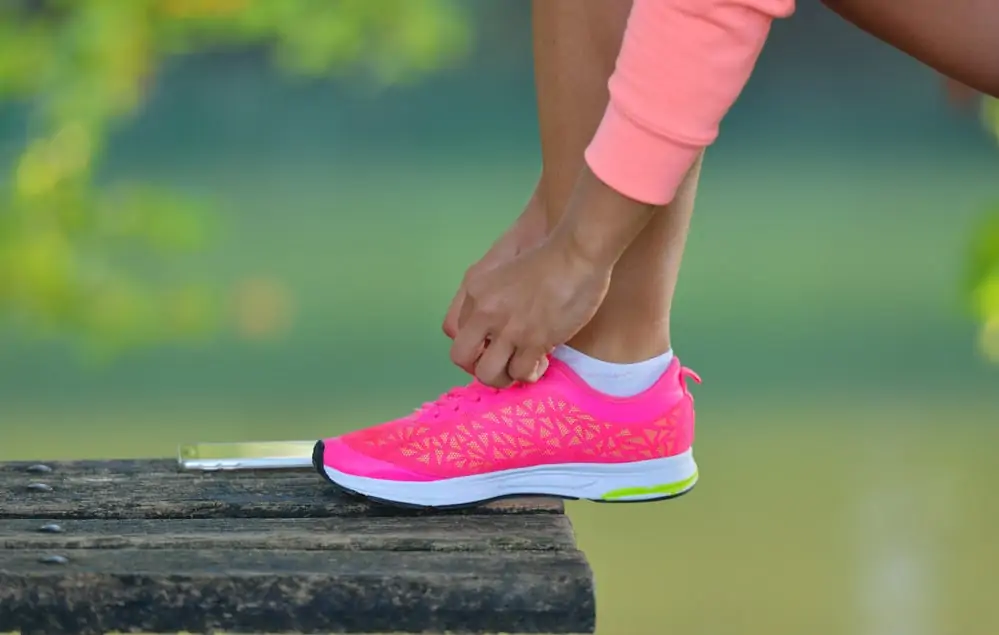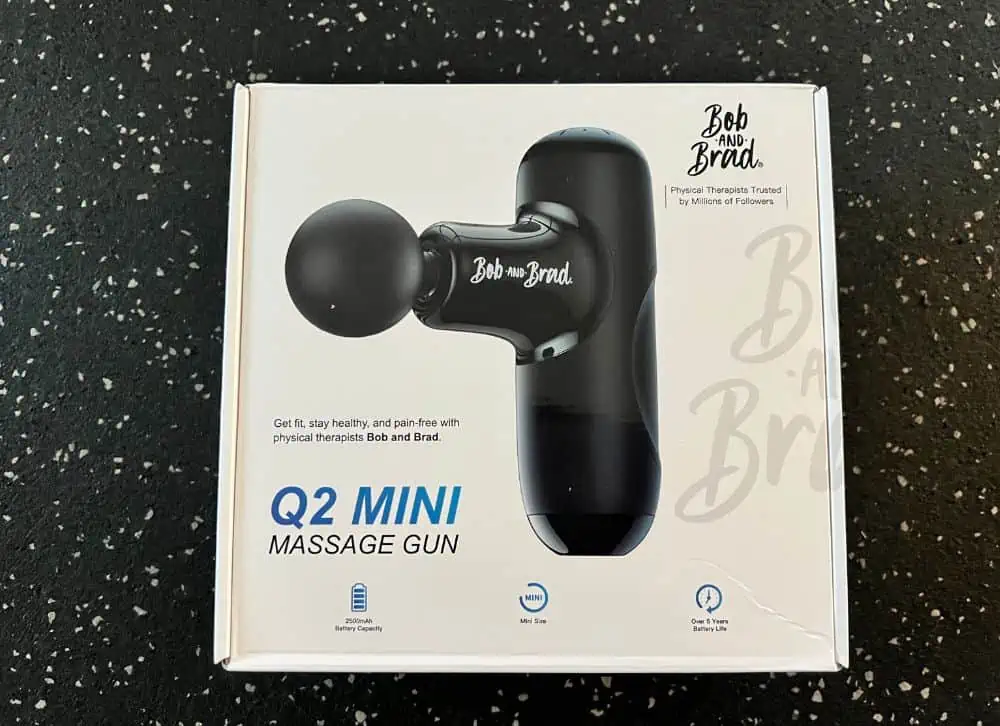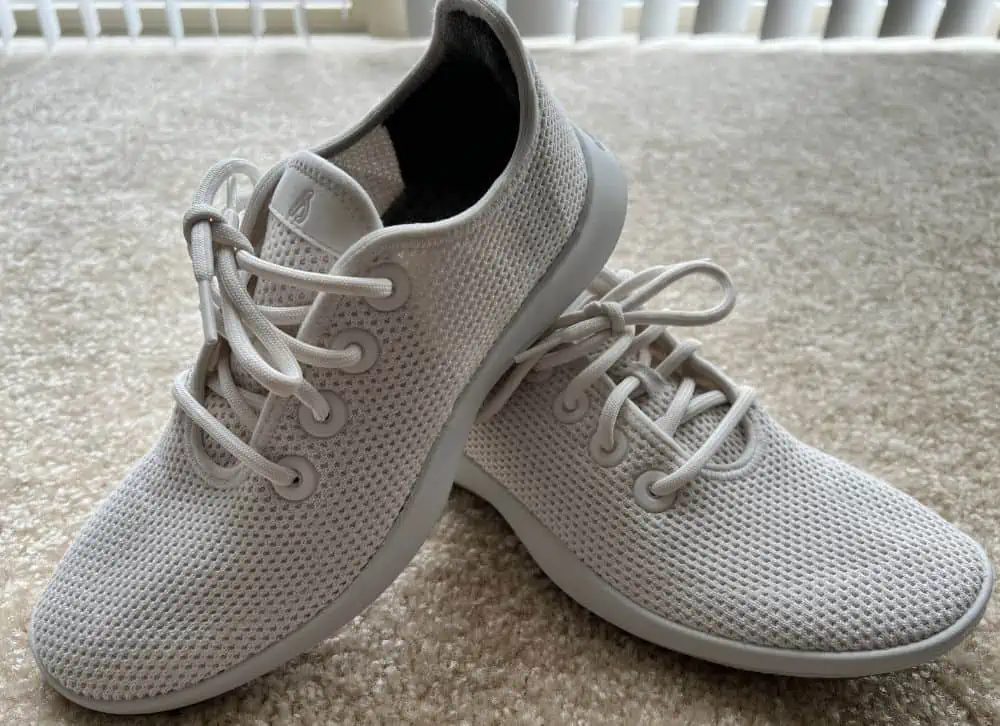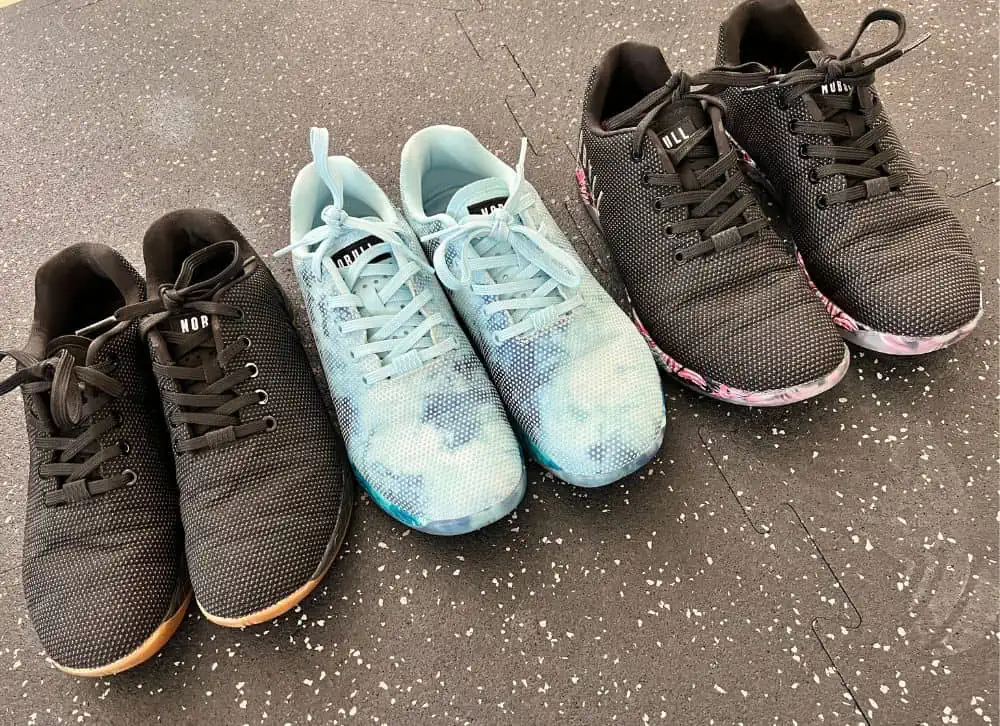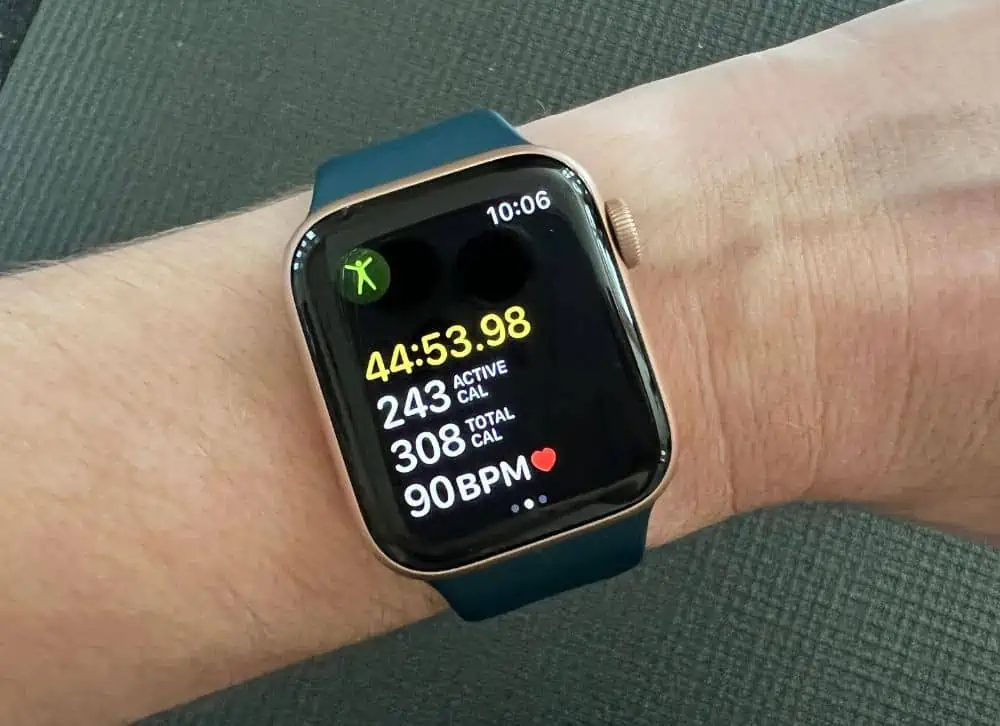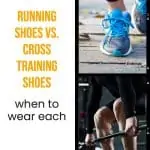This post may contain affiliate links. If you click through a link and make a purchase, I may receive a commission at no additional cost to you. As an Amazon Associate, I earn from qualifying purchases. Read the full disclosure here.
There are way too many choices when it comes to athletic shoes. No wonder most people just pick their favorite color and move on.
Running shoes tend to be the default athletic shoe for workouts.
But if you’re not running, should you be wearing them?
Today we’re looking at running shoes vs. cross training shoes – what’s the difference and when to wear each.
Disclaimer: This content is for educational purposes and is not medical advice. Read the full disclaimer.
What’s the difference between running shoes and cross training shoes?
You might be thinking; a sneaker is a sneaker, what’s the big deal?
But when we get into the details, there are several significant differences between running shoes and cross training shoes.
It’s essential to understand the difference and pick the right shoes for your activities. The right gear not only improves your performance but can also help keep you safe from injuries.
Running shoes generally have a thicker base with extra cushioning designed to handle shock absorption from the repetitive stress of running.
Since running is mostly a forward movement (and not a side-to-side movement), there’s less lateral stability than a cross training shoe. The slight slope (heel drop) from heel to toe facilitates forward motion.
The bottom of a running shoe also has more traction to grip the ground. (Great for running, not for your Zumba class.)
Running shoes are suitable for running, walking, or as a supportive everyday sneaker.
They come in various support and cushion levels that you can choose from based on your foot shape and running stride.
If you like neutral support cushioned running shoes, Brooks Glycerin is my favorite.
If you’re not sure which running shoes would be best for you, check out Road Runner Sports, where you can do an online fitting for recommendations.
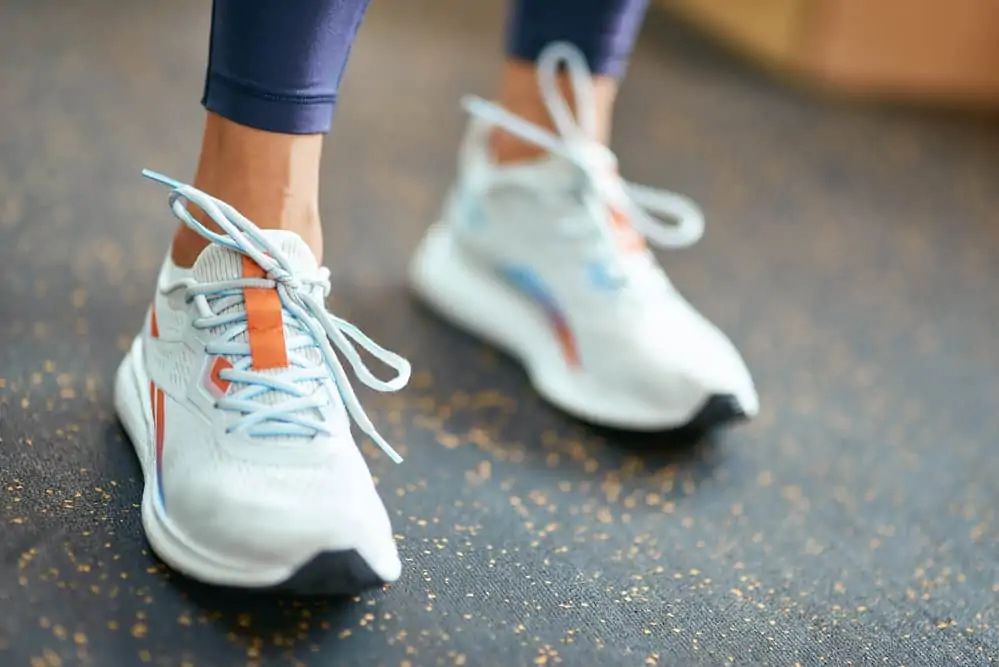
What are cross training shoes good for?
Cross training shoes have firmer support and a lower profile to allow you to feel the floor.
Most models have reinforced lateral support to improve your stability with side-to-side motions (lateral movement) and quick directional changes.
Less traction on the base helps you to change direction quickly without getting stuck on the floor.
Generally, if you participate in an activity regularly at least 1-2 times per week, you should invest in shoes for that activity or sport.
Almost any fitness activity (except for certain sports) that isn’t just running can be covered by a cross trainer shoe.
Cross trainers are a good choice for workouts with multiple components, such as weightlifting, cardio, agility, light running, plyometrics, and crossfit training.
You can also check out my article How To Choose The Right Athletic Shoe For Any Activity for other recommendations.
Are running shoes ok for training?
While you can wear a running sneaker for training, it’s not the best choice, and there is the potential for injury.
When you start pairing the right shoes with the right activities, you really notice a difference.
The first time I did a Peloton Tread Bootcamp class, this was evident.
A Peloton Bootcamp class alternates between running on the treadmill and strength exercises on the floor. When I started to do lunges with a single leg balance component, I was wobbling all over the place.
I won’t be changing my shoes every five minutes during this class, but it’s just something to take note of for workouts.
Should you lift weights in running shoes?
No sneaker police are going to ticket you for wearing the wrong kind of shoes, but you might want to try some cross training shoes here.
If you’re doing a lot of lower body strengthening, a cross training shoe can help you feel the floor better and provide stability.
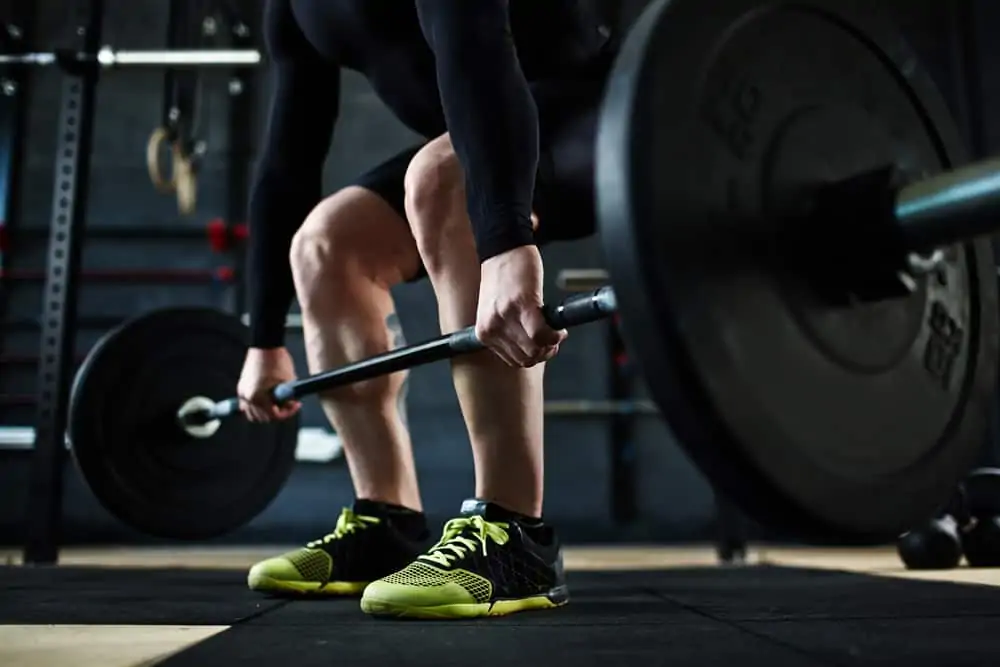
Can training shoes be used for running?
In general, training shoes can be used for light running or jogging as part of your workout; however, if you’re doing some serious running, running shoes are a better option to support your feet and avoid repetitive stress injuries.
Running in the wrong shoe can lead to injuries such as plantar fasciitis, shin splints, achilles tendonitis, IT band issues, and more.
Best cross training shoes
Other than the type of shoe, the next most important thing is that the shoe fits you well, is comfortable, and provides the support you’re looking for.
For any workout shoe, consider going up ½ size to allow room for your feet to expand.
Cross training shoes don’t tend to come in support levels like running shoes, so if you have flat feet, you can always consider adding an insert to your shoes for better support.
These brands are all very different, so check them out as part of your cross trainer search. Not everything labeled a training sneaker will be ideal for you, so try on multiple styles and read descriptions.
Some have more of a minimalist shoe vibe and others look almost like a running shoe.
Some examples of cross training shoes are:
For more fit tips, don’t miss 11 Signs You’re Wearing Bad Shoes For Your Workout.
Wrapping up
Running shoes tend to be the go-to for workouts, but there are definitely times that this footwear will work against you.
To avoid injuries, choose the right shoe for your fitness activities.
Cross trainers are a versatile shoe that can cover many fitness bases, supporting multi-directional movement.

